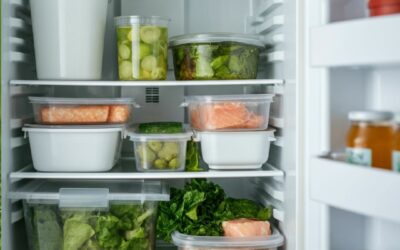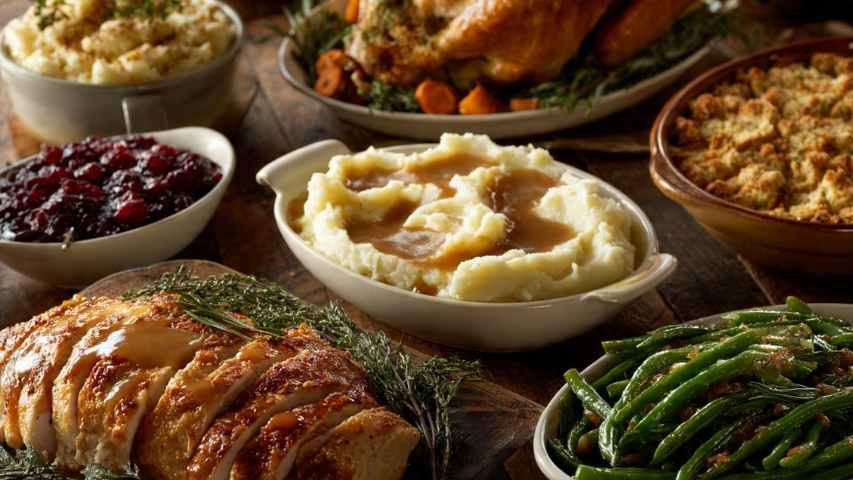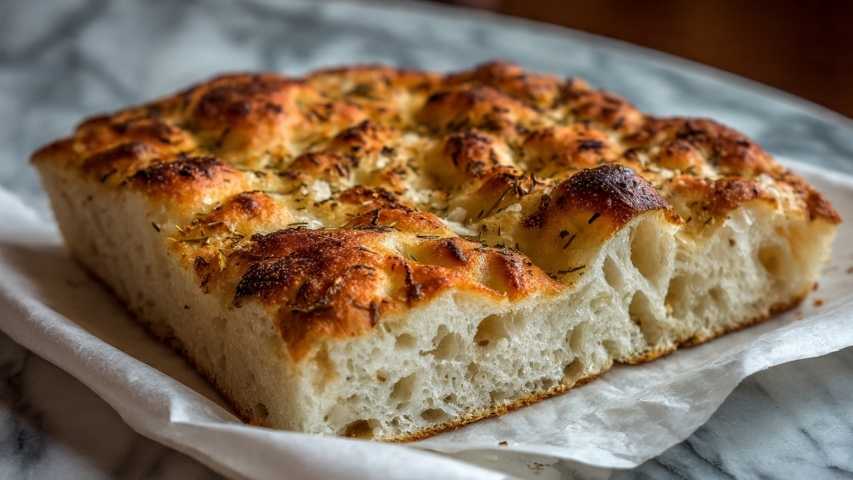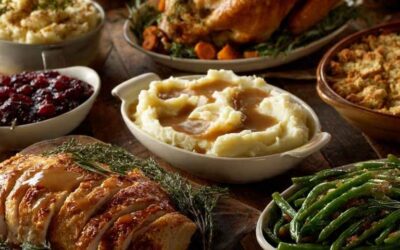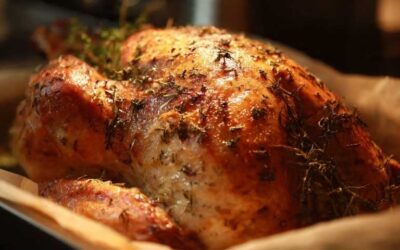Imagine this—your power just went out. Panic sets in as you wonder what will happen to the food stored in your refrigerator. Should you eat it, toss it, or wait for the power to return? During a power outage, food safety is a primary concern for home cooks, food safety enthusiasts, and those focused on emergency preparedness. This blog will guide you through everything you need to know about how long your food can last in the fridge without power and how to minimize food waste while staying safe.
What Happens to Food When the Power Goes Out?
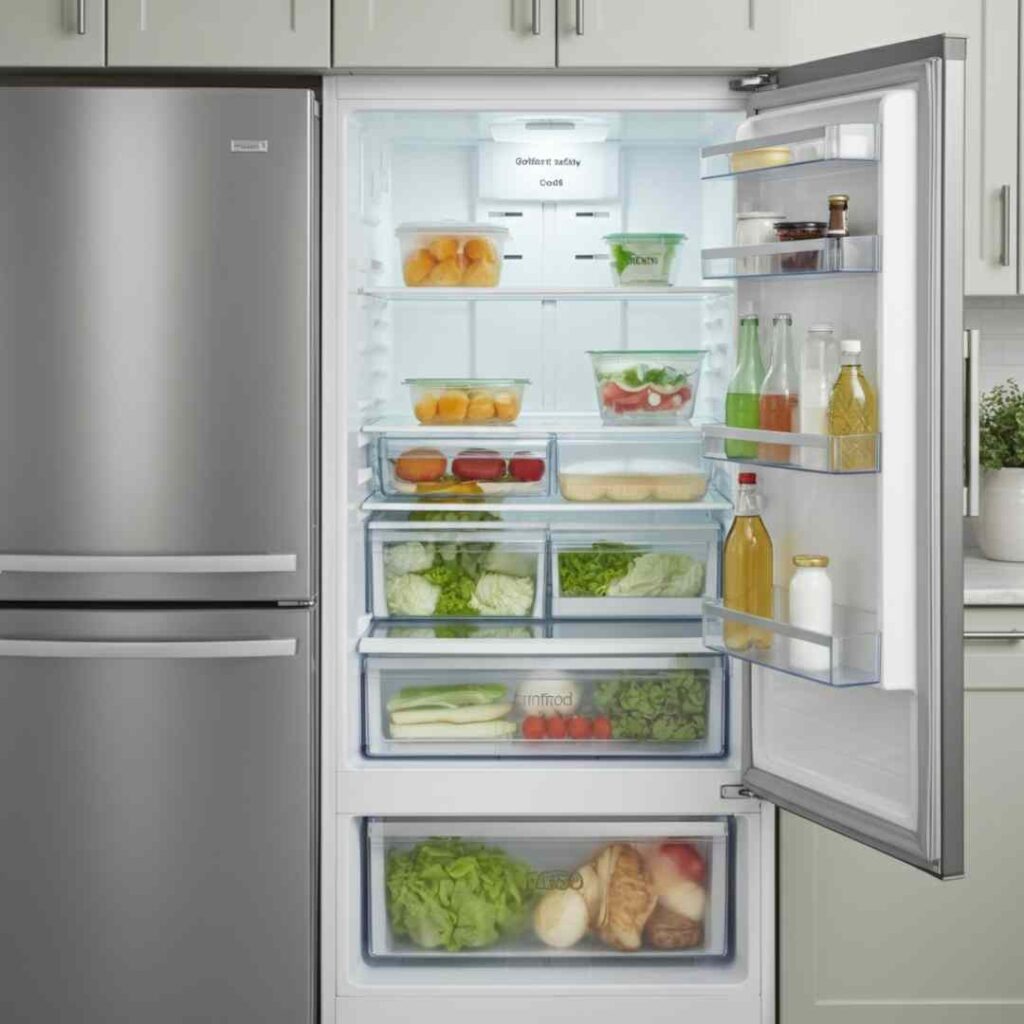
When your refrigerator loses power, its cooling system shuts down, and the temperature rises. Refrigerators are designed to keep food cold for as long as possible, but their effectiveness depends on factors like:
- How complete the fridge is
- The quality of insulation
- How often the fridge door is opened
The golden rule for food safety? Once the fridge reaches a temperature of 40°F (4°C) or higher, bacteria can proliferate, increasing the risk of foodborne illnesses. Knowing how long your fridge and freezer can keep food safe is critical.
How Long Does Food Usually Last Without Power?
Keeping the Fridge Closed
Keeping the refrigerator door closed can generally maintain a safe temperature of 40°F or below for about four hours. After that, perishable items like dairy, meat, eggs, and leftovers may no longer be safe to consume. The key is to minimize how often you open the fridge door during a power outage.
What About the Freezer?
A fully stocked freezer can keep food frozen for up to 48 hours, while a half-full freezer will last about 24 hours—provided the door remains closed. This can buy you additional time to save your perishable goods.
Foods That Are Safe (and Not Safe) After a Power Outage
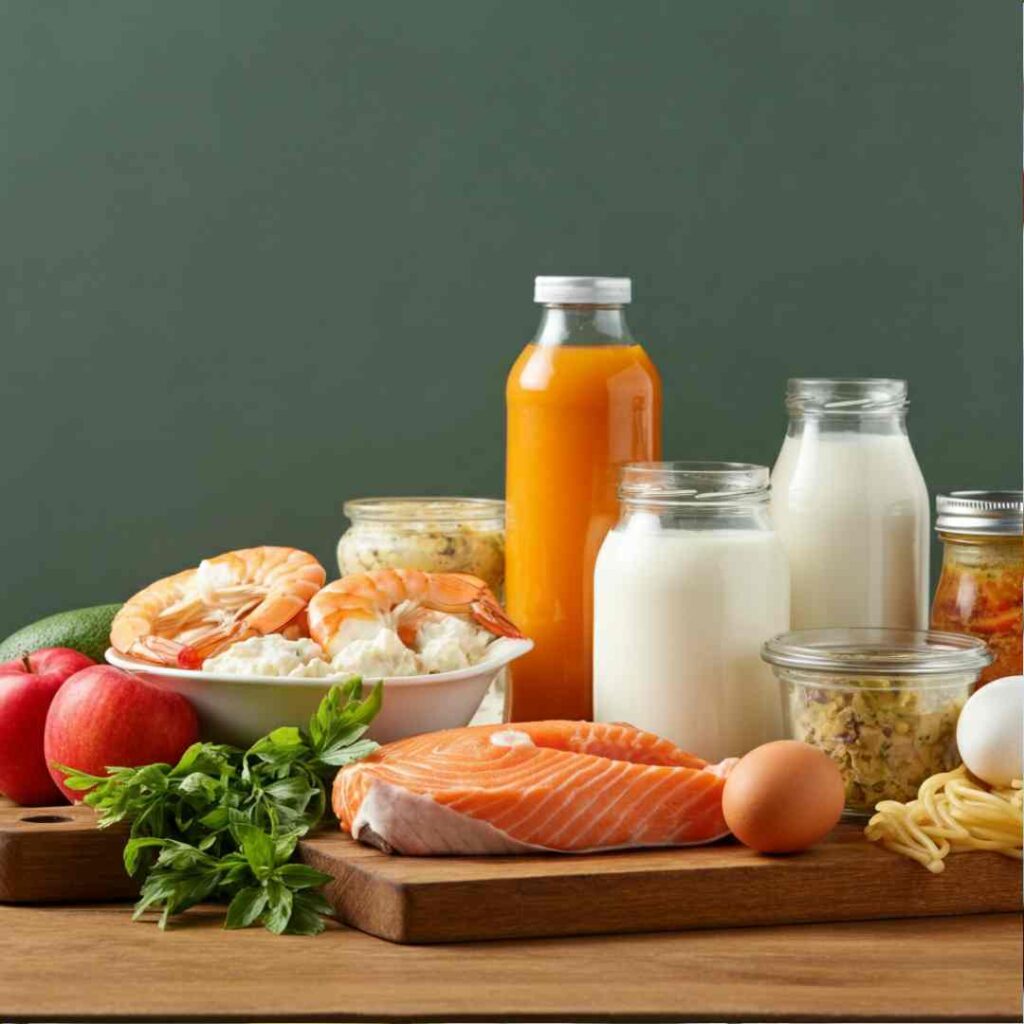
It’s essential to understand which foods can withstand a temporary rise in temperature and which must be discarded. Here’s a helpful breakdown:
Foods You Should Discard if Above 40°F for Over 2 Hours.
- Raw or cooked meats, poultry, and seafood
- Dairy products like milk, yogurt, soft cheeses, and cream
- Pre-packaged salads (e.g., chicken salad, egg salad)
- Cooked pasta, rice, and casseroles
- Leftovers
- Fresh eggs or egg-based dishes
- Cut fruits and vegetables
Foods That Are Usually Safe
Some foods are more resistant to temperature changes and can last longer outside of refrigeration:
- Hard cheeses like cheddar and Parmesan
- Butter and margarine
- Whole fresh fruits and vegetables
- Bread and baked goods
- Unopened condiments like mustard and soy sauce
- Jams, jellies, and peanut butter
When in doubt, follow this simple rule: Discard perishable items that feel warm to avoid potential health risks.
Tips to Extend the Shelf Life of Food During a Power Outage

Here are some strategies to help keep your food safe for as long as possible during a power outage:
Keep the Doors Closed
When you open the fridge, you release cold air and accelerate the warming process—plan by deciding what you must take out before opening the door.
Use a Food Thermometer
A food thermometer is your best friend during a power outage. It allows you to check the temperature of perishable items. Discard food that has been above 40°F for more than 2 hours.
Add Ice Packs or Dry Ice
If you anticipate an extended power outage, consider adding ice packs or dry ice to the fridge or freezer. This can help maintain a safe temperature for an extended period.
Move Food to the Freezer
If you have room in your freezer, move as many items as possible from the fridge to the freezer. Freezing slows down bacterial growth significantly.
Store Food in Coolers
If you can access coolers and ice, use them to store highly perishable items like meats and dairy temporarily. Just ensure that the temperature remains below 40°F.
Plan with Shelf-Stable Items
Stock up on canned goods, shelf-stable milk, and other non-perishable items. Backup food that doesn’t require refrigeration can be a lifesaver during prolonged outages.
What to Do With Food After the Power Returns
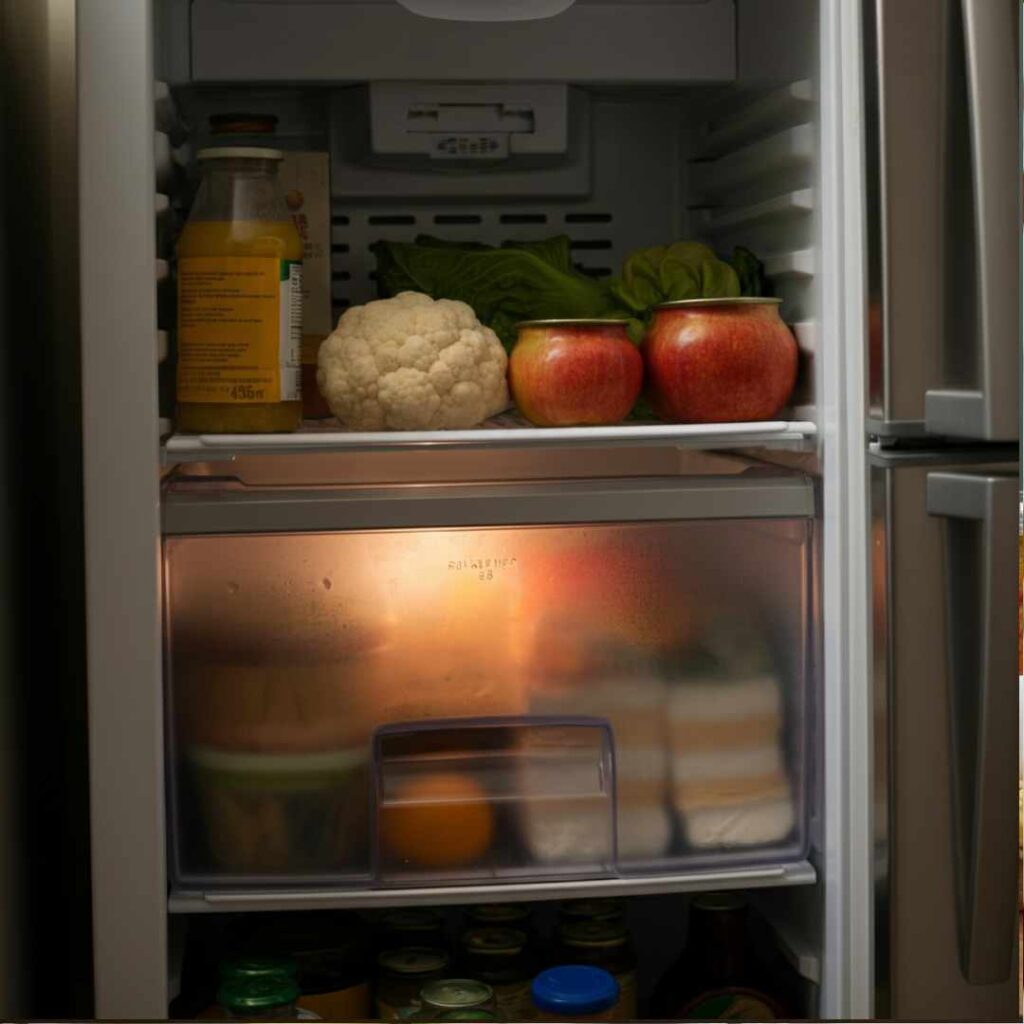
Once the power returns, you may still wonder if your food is safe to consume. Here are some steps to take:
Check the Thermostat
If the refrigerator temperature is still 40°F or below, most of your food should be safe. For freezers, if the items still contain ice crystals, they’re generally safe to refreeze or consume.
Do the Sniff Test (but Don’t Rely on It)
While the sniff test can help you identify overtly spoiled food, it’s not a reliable safety indicator. Some bacteria can grow without producing any noticeable odor or change in appearance.
When in Doubt, Throw It Out
If you’re unsure about the safety of a particular food item, it’s better to err on the side of caution. The cost of throwing away food is far lower than the potential cost of a foodborne illness.
Emergency Preparedness for Future Power Outages
The best way to handle food during a power outage is to prepare in advance. Here’s what you can do:
Invest in a Backup Power Source: A portable generator can keep your fridge running when the power goes out.
Label and Date Your Food: This makes it easier to prioritize certain items during an outage.
Keep a Supply of Non-Perishables: Stock up on canned goods, dried fruits, and powdered milk to tide you over until the power is restored.
Create an Emergency Plan: Make sure everyone in your household knows what to do and where to find necessary supplies during an emergency.
Safeguard Your Food and Health
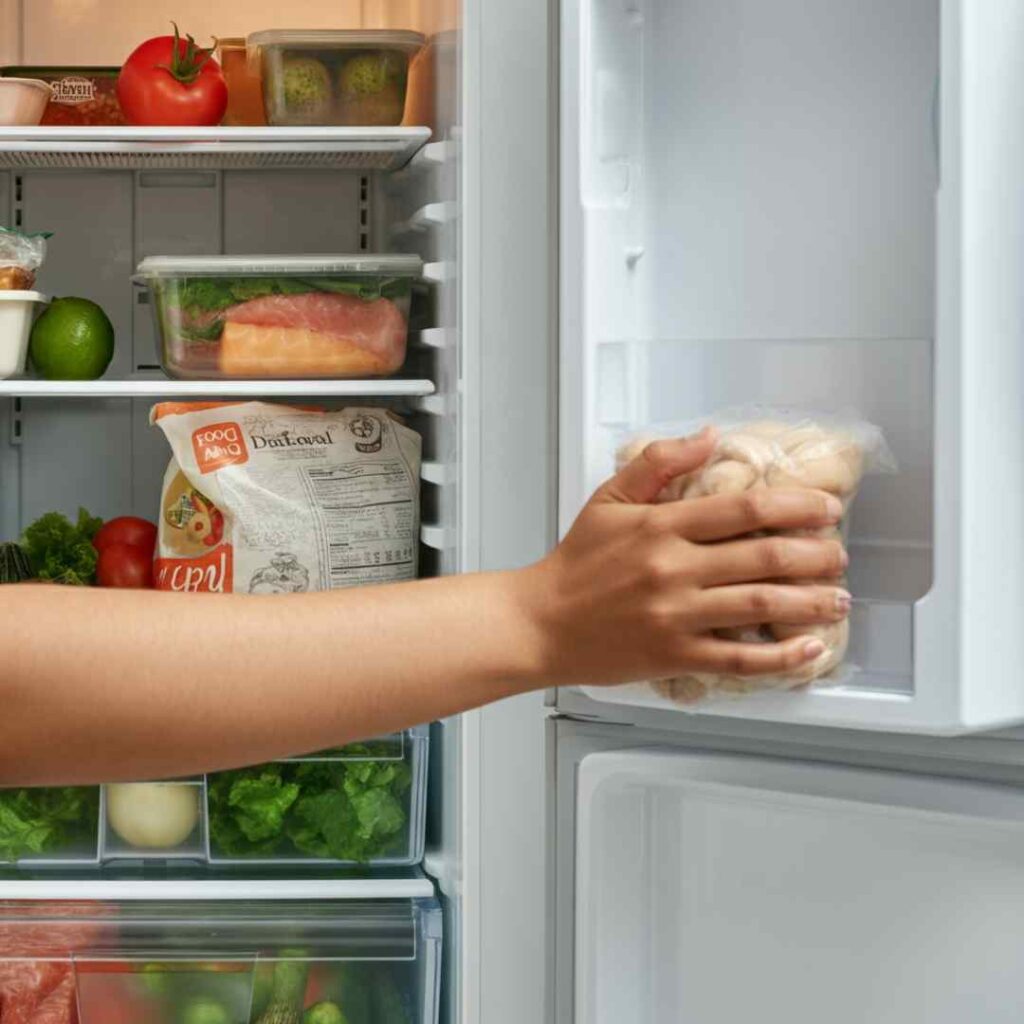
Power outages can be stressful, especially when managing your food supply. But with some preparation and knowledge, you can confidently handle these situations and keep foodborne illnesses at bay.
Remember, if the food in your fridge has been above 40°F for over 2 hours, it’s usually not worth the risk. You can minimize waste and protect your health by staying informed and taking proactive measures.
Stay tuned to our blog for more helpful tips and resources. Whether you’re managing food safety during an outage or learning to make the most of your grocery trips, we’ve got you covered.
Frequently Asked Questions
What should I do immediately after a power outage starts?
As soon as a power outage begins, make it a priority to keep your refrigerator and freezer doors closed to conserve the cold. Quickly assess the situation to decide how long you might be without power.
What temperature should my refrigerator and freezer be kept at?
To maintain optimal food safety, your refrigerator should stay at or below 40°F, and your freezer should remain at or below 0°F. Keeping a thermometer in each unit can help you monitor the temperature more accurately.
How long does food typically last during a power outage?
Food stored in an unopened freezer typically lasts up to 48 hours without power. An unopened fridge can keep food safe for up to four hours, depending on the surrounding temperature. If your fridge has been above 40°F for two hours or more, it’s best to discard perishable items to avoid potential health risks.
Can I refreeze food that has thawed during a power outage?
If your freezer still contains ice crystals and the food temperature is 40°F or below, it’s generally safe to refreeze. However, if no ice crystals are present and the food has been above 40°F for more than two hours, it’s best to discard it.
What items should I have in my emergency food supply kit?
When creating an emergency food supply kit, include non-perishable items like canned goods, dried fruits, and powdered milk. It’s also helpful to have a portable generator or backup power source on hand. Additionally, label and date your food supplies so you can easily prioritize them during
Conclusion
Handling food safety during a power outage doesn’t have to be a daunting task. Understanding the essential steps for protecting your food supply and planning with emergency preparedness measures can significantly reduce the risk of foodborne illnesses. Investing in reliable thermometers, a backup power source and an emergency food supply kit are effective strategies to ensure you’re ready for any unexpected power loss. Remember, when in doubt about the safety of a particular food, it’s always safer to discard it. Embrace preparedness, and you’ll find that managing your food during power outages is manageable and straightforward. Stay informed, stay safe, and always prioritize your health.










